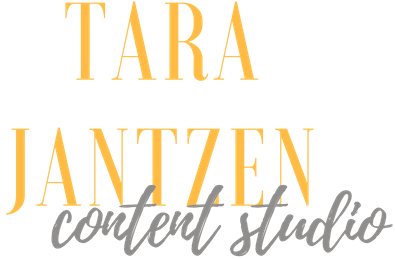The proliferation of content marketing and brand journalism has raised the bar of mid- and large-sized brands and increased expectations from their clients and prospects. No longer are companies relying solely on traditional media and marketing tactics to elevate their position in the marketplace, but instead have taken an aggressive approach in publishing content via online newsrooms, blogs, and social media channels. As the recent survey report by TEKGROUP indicates, companies now have more control over their own messages and how and when they are shared.
At the same time, the imperative for marketing and PR departments to become more closely integrated is fundamental. Greater collaboration for modern brand management and corporate storytelling is undeniably a critical success factor. Producing new and relevant content consistently and across multiple mediums and platforms is paramount to the success of these brands and the joint functions responsible.
So how can we support our more ambitious brand goals and strategies? Establish a robust editorial board for content planning and storytelling.
BENEFITS
Editorial boards can make the content development process easier and simply enrich the quality of what brands bring to the market. If you’re trying to sell the idea to your executive team, here are some key benefits to establishing a formal editorial board.
- Ensures the content depth and breadth aligns to the broad range of topics and trends the business knows best.
- Places content ownership and creation on those that know it best.
- Increases the amount of content that can more regularly be developed and published, as well as the quality.
- Enforces service and product leaders to formally engage and monitor what’s most important in the market and with clients.
- Amplifies your PR and marketing efforts with subject matter experts and supports their thought leadership and personal brand development goals.
OBJECTIVES
There are numerous objectives of the editorial board that a brand may have, but generally, there is a commonality to what they’re trying to achieve with their publishing strategies. Below are a few to consider.
- Builds brand visibility and establishes company experts as recognized thought leaders and innovators.
- Engages and informs target audiences with a cohesive, steady, and consistent stream of relevant and meaningful content that targets their specific needs.
- Supports the decision-making process, leading to new business and an increase in revenues.
ROLES and RESPONSIBILITIES
The editorial board serves as the governing body for the content planning, creation, publishing, and management process. There are various types of roles that can be included depending on how large the content responsibilities, and how many mediums and platforms where they must be shared. Below are some of the basic roles and responsibilities to consider as you develop your governance model. You’ll notice a cross-population of communications, marketing, and business professionals.
- Managing Editor/Editor-in-Chief: She has sole oversight and a unified view of the content strategy and development plans at any given time. This person directs and approves all content decisions and manages the master editorial calendar. They provide final say on content focus and campaign support. They also review and approve all final content. They answer to top executive leadership and ensure plans align with the business strategy and goals.
- Contributing Editors/Domain Managers: These are experts or representatives of a specific product or service area. They hold the key relationships with primary content providers within the business and can drive out appropriate topics, content, and trends while managing content development activities within their domain. They may also author content on behalf of the business. Essentially they become domain managers, have full accountability for ensuring topics are appropriate, content authors are identified and meeting deadlines, and manage the full content lifecycle on behalf of their respective business units.
- Editorial Team/Writers: This team consists of individuals who may be part of the contributing editor business teams, someone who has responsibility for one-off or feature pieces of content, or external contract writers who supplement your editorial resources. They take direction from the managing editor and/or the domain managers and produce content as assigned. They may conduct their own research or tap into other resources to provide research support. Their name may be published as the primary author, co-author, or they may be a ghostwriter for an executive or key leader.
- Creative Director: If you are exploring multiple platforms and mediums, you’ll want to ensure cohesiveness as well as brand alignment. A good creative director should be an active part of the editorial board meetings so they can advise on campaigns and plans, plan for future creative needs, and foresee any potential resource or timing issues.
- Web Manager: You want to make sure there is primary representation from those that will be active members of the content publishing process. Presumably, a large portion of content will be pushed via the company website, online newsroom, and blogs. Have a web manager who knows all platforms well and will have sole responsibility for content loading and publishing on your team. Not only will they appreciate being informed in advance of what their responsibilities will be, but also can play an active role in advising how best to get it done as part of your campaign strategy.
The editorial board should meet regularly, in-person or virtually, to keep abreast of plans and to adjust as needed. Not all writers or extended members may need to attend each meeting, however, they may be valuable to the brainstorming process. Ensure each person knows when and where they must attend and communicate regularly. A bi-weekly or monthly meeting is appropriate and may increase closer to campaign execution dates, or if primary planning activities need to be discussed. Establish a regular date and time, stick to an agenda, ensure members come prepared with ideas and priorities, and take copious notes. Update editorial calendars and plans as needs dictate and hold team members accountable.
Have you successfully established an editorial board in your organization? What key considerations do you believe are required for the successful execution of a brand journalism strategy?
Image Credit: ©iStock.com/Robert Churchill

